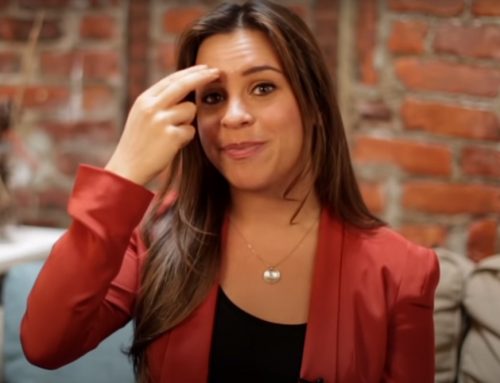By Monica Grainger, MSW, RSW
Recently, a NY Times writer David Streitfeld published an article, “The Long, Unhappy History of Working From Home,” claiming people are more productive working at the office than working from home. Streitfeld cited research dating back to the early 1980’s to 2009 where prodigious companies, such as Google and IBM, declared there was greater productivity, team innovation, creativity, and availability if employees worked in the office compared to working from home.
Research dating back 40 years investigating the plausibility of working from home versus in-office work is outdated and tangential with the advent of online video conferencing. Applications, such as Zoom, Face-time, and other online Hiipa compliant video conference technology, are more sophisticated in our present time and available to a larger population. Hence, team innovation and creativity, accountability, and availability are now made possible for many work groups to meet through video conferencing.
At the onset of the pandemic, Zoom or telephone therapy were the only options available to my clients. Telephone therapy was rarely chosen. Zoom was the preferred choice.
From a therapist’s perspective, Zoom offers a number of advantages to the therapeutic process. Firstly, engaging with people in their residence enriches the therapeutic experience. Viewing a home environment, albeit through a narrow lense, gives the therapist a quick snapshot of the client’s lifestyle whether it’s a one-bedroom condominium or a house full of children.
Secondly, the ability to observe body language is very important in therapy and can still be viewed through video conferencing. According to Dr. Mehrabian’s research, 93% of communication is non-verbal, 38% vocal (i.e.tone, pitch, rate, volume), 55% visual (facial expressions, body posture, fidgeting, physical distance) and a mere 7% verbal (word content). While there is some debate about this exact formula, the ability to observe non-verbal communication is essential in deciphering what one is communicating.
Furthermore, meeting the entire family in therapy is often difficult due to scheduling constraints. Close to half of the clients in my private practice are families; nuclear, blended, and single-parent. It is often the case that one parent is present with their child or children. However, a perspective from the other parent or step-parent would be beneficial. With the pandemic surfacing, many families have been in quarantine and, consequently, parents have been working from home. Having the family at home has opened up opportunities to meet the other parent, other family members, or the child/children’s second family for those of whom share two households.
Video conferencing has opened up new scenarios to explore in therapy. With Zoom, I have had the opportunity to be more creative, involve more family members, and have partial sessions with different family dyads. This is not a viable option when only part of the family visits the office, nor is it possible during the pandemic to have family members in the reception waiting to be invited into the therapy session.
Zoom therapy may be advantageous with an adolescent population as well. Generally, adolescents prefer to have individual sessions. Occasionally, I have invited other family members to attend a partial or whole session. It can be tremendously helpful to include other family members who are involved in conflict with the adolescent seeking therapy. The opportunity to invite a parent, or sibling to resolve a conflict broadens the scope of the therapeutic experience. By offering different points of view on the problem and the solution, misunderstandings may be resolved in a much more effective manner with little displacement on the part of the family.
Some clients prefer the intimacy and privacy of seeing their therapist in their office. However, the benefits of resolving conflicts with family members, optimizing time, efficiency of not commuting, and protection from coronavirus, leads me to proclaim “to Zoom” is the best option!
Monica Grainger is a psychotherapist in private practice at Innate Wellness in Toronto, Canada.






